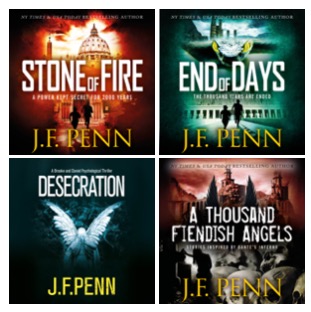2017 looks like being the ideal year for End of Days predictions.
After all, some conspiracy theorists believe the beginning of the End Times will start 70 years after the return of Jews to Israel. Since the UN mandate saw the re-establishment of Israel in 1947, that makes 2017 a potentially interesting year.
But it wouldn’t be the first time that a particular year was seen as the gateway to Armageddon. The European outbreak of the Black Death in 1346 was widely held to be a sign of an impending apocalypse.
Nostradamus made several apocalyptic prophecies, but one prediction attributed to him actually placed Armageddon in July 1999.
Even Sir Isaac Newton made an End Times prediction. As well as being a scientist and mathematician, he also had a belief in the occult. Sadly, scholars only gained access to his papers on alchemy and the Bible in 1991.
Newton fixed Doomsday in 2060, but he didn't set an exact date. He admitted that any human interpretation of the Bible could be flawed.
Many other thinkers have made predictions – and subsequently revised them when the date passed without incident. The 18th-century Puritan minister Cotton Mather predicted the End of Days on three separate occasions!
But Armageddon isn't restricted to Christianity.
Many faiths have a form of apocalypse within their theology. In Norse mythology, Ragnarok marked the end of both the world and the gods. The next age would begin with two humans hidden inside Yggdrasil, the world tree.
And perhaps the most famous recent apocalyptic prediction was that of 2012. According to popular thought, the world would end since the Mayan calendar appeared to finish in 2012. Hollywood gave us a CGI-heavy apocalypse movie – but 2012 certainly didn't usher in the End of Days.
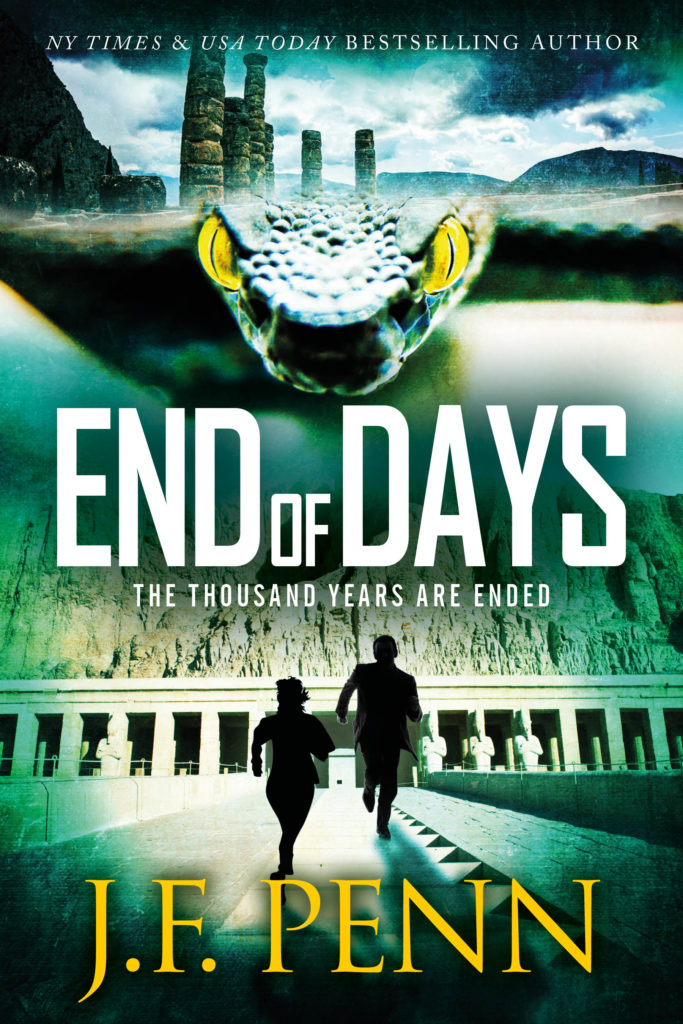
Morgan Sierra is now battling to stop Armageddon in my thriller, End of Days. So it seems pertinent to ask… what are 7 of the strangest predictions of the End Times?
1) Mankind would create Armageddon through the Large Hadron Collider (2008)
The Large Hadron Collider (LHC) has a complicated relationship with theology. That's probably due in part to the search for the elusive Higgs-Bosun, otherwise known as the God particle.
If mankind can recreate the Big Bang beneath Europe, then what happens to God?
Some theorists worried that the LHC could potentially create black holes from the collisions between hydrogen protons. The scientists in charge of the LHC claimed that any black holes would be too small – and brief – to make any impact.
But in March 2008, Walter L. Wagner and Luis Sancho were so worried they even filed a lawsuit against the LHC. The scientists had to produce a safety report before they could fire up the collider.
The LHC was turned on in September 2008 and so far the world as we know it hasn't ended. And no black holes have been detected.
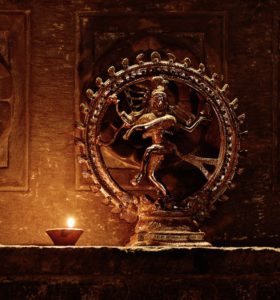
But CERN is also the home of the 2m tall Lord Shiva statue that features in Destroyer of Worlds. He represents the creation and destruction of the cosmos. So perhaps the LHC could yet unleash Armageddon…
2) A hen predicted the End of Days in Leeds (1806)
This is perhaps one of the strangest doomsday predictions of all. In 1806, a hen started laying eggs inscribed with the words ‘Christ is coming'.
Word soon spread of the avian prophetess. Visitors inundated the village to examine the eggs. Religious panic gripped Leeds, with believers seeking to right wrongs before Judgment Day.
The religious fervor was not to last. A group of skeptical gentlemen visited the hen while she was laying her eggs. After some examination, they realized someone had been inscribing the eggs with corrosive ink. The eggs were forced back into the hen to perpetuate the ruse.
With the lie exposed, apocalyptic mania died down. Hopefully, the hen went back to her normal routine too!
3) The world would end with the Great Fire of London (1666)
17th century Christians were nervous about the year 1666, containing as it does the digits 666 – the number of the Beast.
When the Great Fire of London broke out on September 2, 1666, some thought the End of Days was upon them.
The fire destroyed 87 parish churches and 13,000 homes. It came the year after the devastating outbreak of the Black Death that decimated London – surely a sign of impending doom.
Yet only 10 people apparently died. Instead, the damage was financial. The estimated value of the destroyed property is around £1.5 billion in today's money.
Rather than ushering in the End Times, the Great Fire of London gave birth to the insurance industry. Not quite so thrilling!
4) Halley's Comet would cause an apocalypse (1910)
Halley's comet makes an appearance in our skies roughly every 76 years. But in 1910, some believed the comet would actually cause the end of the world.
The predictions this time came from Chicago's Yerkes Observatory. They'd detected cyanogen gas in the comet's tail. A French astronomer, Camille Flammarion, announced the gas could actually end all life on Earth when the planet passed through it.
Less fanciful scientists denounced his claims, but the anti-comet business was already in full swing. Panic-stricken buyers snapped up gas masks, pills and even umbrellas designed to shield the user from harm.
More skeptical Americans staged parties on rooftops to watch the comet pass by.

In a more unfortunate turn of events, another comet was believed to herald the End Times in 1997. The Heaven's Gate cult drank vodka and barbiturates when the Hale-Bopp comet passed close to Earth. They believed a spaceship hid in its tail, ready to whisk them away from the impending apocalypse.
The 39 victims of the mass suicide were wrong.
5) The end of the world can be predicted with numerology (1843-1844, 1994, 2011)
Harold Camping didn't exactly make weird predictions for End of Days. He just made a lot of them.
That's as many as 12 different prophecies, all based on biblical numerology. In 1992, he predicted the world would end in 1994.
When that didn’t happen, he calculated Armageddon would occur 7000 years after the flood of the Old Testament. That placed the End of Days on May 21, 2011.
When the world remained in one piece, he pushed his prediction to October 21, 2011. He claimed his maths was wrong.
And Camping wasn't the only preacher to revise his predictions. In 1831, William Miller believed the Second Coming would occur in 1843. He based his claims on his ability to ‘crack the code’ of the Bible.
As many as 100,000 people believed him. When the supposed date came and went, Miller claimed the End Times would happen in 1844 instead.
One follower even wrote, “I waited all Tuesday, and dear Jesus did not come … I lay prostrate for 2 days without any pain—sick with disappointment.”

6) Armageddon will follow 2 days of snow in Italy (2017)
The southern resort of Salento is noted for its warm and welcoming climate. According to the philosopher Matteo Tafuri, two consecutive days of snow in the town would herald the End of Days.
His prophecy reads like a Dan Brown riddle;
“Salento of palm trees and mild south wind, snowy Salento but never after the touch. Two days of snow, two flashes in the sky, I know the world ends, but I do not yearn.”
Known as a sorcerer, Tafuri was apparently a practitioner of alchemy, herbal medicine, and even astrology.
Tafuri made his prediction in the 16th century. In those days, the climate in the region was famously mild. But in early January, southern Italy saw fresh snow – two days in a row.
Some commentators noted Tafuri's prophecy and the freak weather, claiming January 2017 as Armageddon. Thankfully no one has fulfilled the ‘two flashes in the sky' criteria yet.
But Tafuri seems more likely to have predicted climate change than the End of Days.
7) The world should have ended on New Year's Day (2017)
A story broke on 30 December 2016 that the world was predicted to end on January 1 2017.
The Sword of God Brotherhood originally made their prediction several decades ago. Their belief apparently stemmed from a vision of Gabriel. The group claimed the archangel told them the date. Already known as doomsday preppers, they would be safe during the End of Days. The Brotherhood was thought to have disbanded in 1985.

But they aren't the only group to cite 2017 as the end of the world. Author Nicholas C. James notes that the Book of Daniel puts Armageddon in a Jubilee year. Such years occur every 50 years, according to the Old Testament.
2017 is the 120th Jubilee year.
If that wasn't worrying enough, a 12th Century Irish bishop made a prediction that 112 popes would follow the election of Pope Celestine II in 1143.
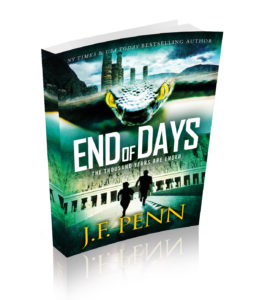
Whether the final two predictions come true remains to be seen.
If you’re reading this post in 2018 you’ll already know!
But in the meantime, you can always find out how Morgan Sierra deals with the Great Serpent in End of Days, out now in ebook and print formats.
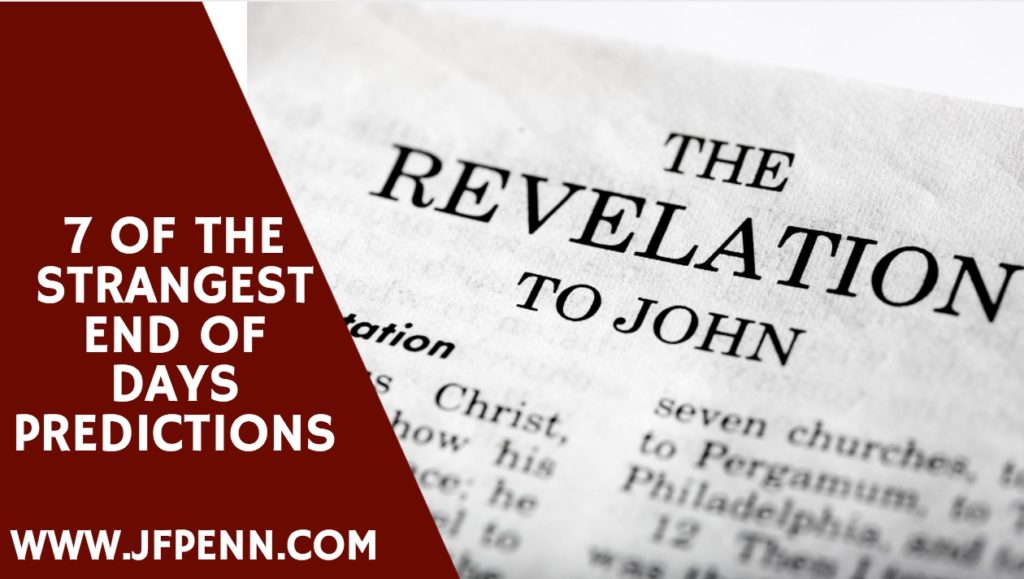
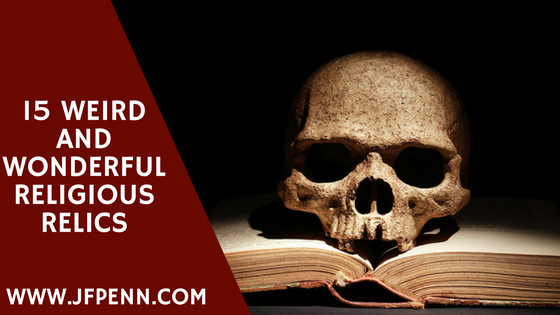 Relics are sometimes used to give to weight to political posturing and they’re sometimes pressed into service for more nefarious reasons … So maybe, just maybe, they hold a lot of their own power too.
Relics are sometimes used to give to weight to political posturing and they’re sometimes pressed into service for more nefarious reasons … So maybe, just maybe, they hold a lot of their own power too.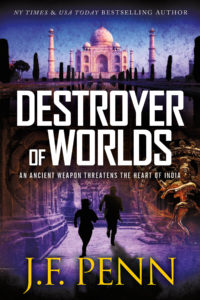
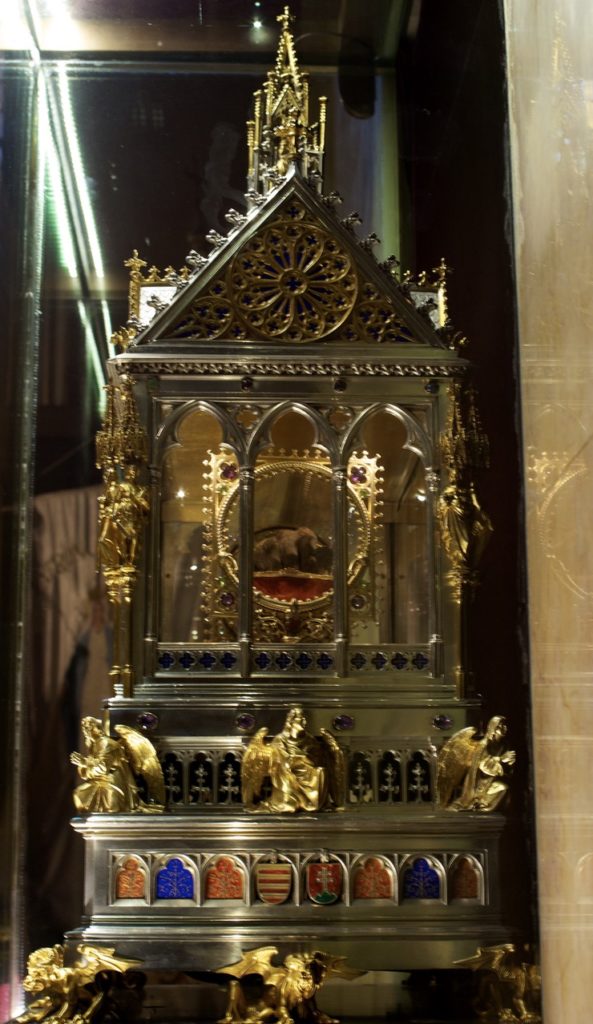
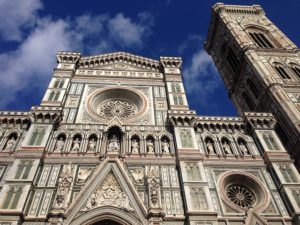
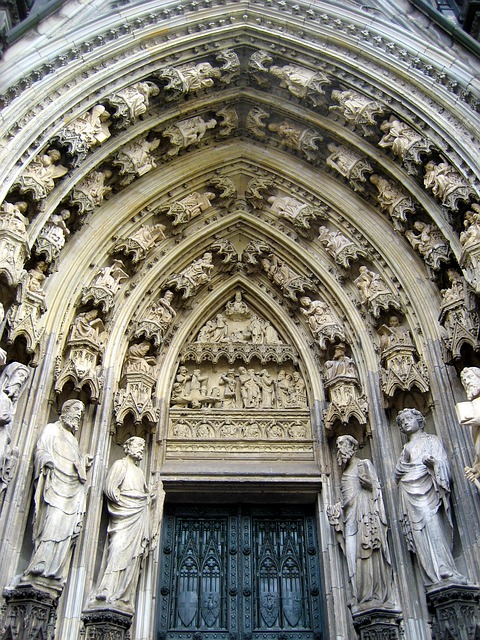
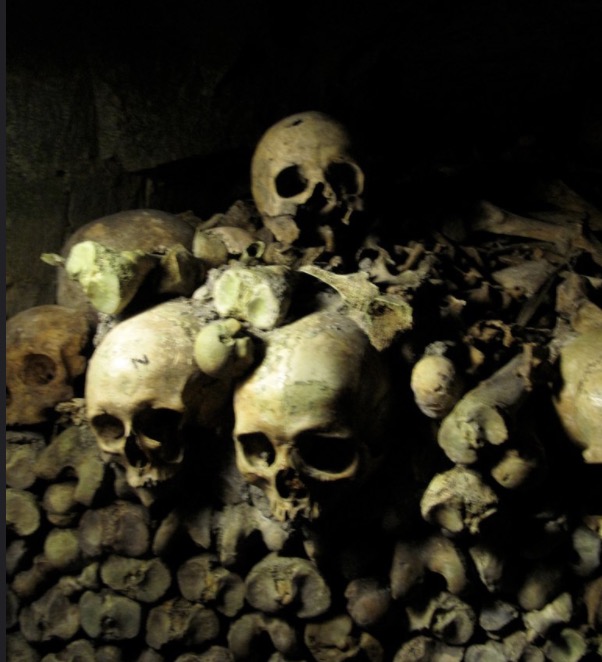 St Camillus started out life as a soldier and a gambler. He later repented and devoted his life to caring for the sick. After being denied entry to the Capuchin order thanks to a leg injury, he established the Order of Clerics Regular, Ministers to the Sick. They specialised in assisting injured soldiers on the battlefield. A large red cross was a symbol of the Order – centuries before the Red Cross was formed.
St Camillus started out life as a soldier and a gambler. He later repented and devoted his life to caring for the sick. After being denied entry to the Capuchin order thanks to a leg injury, he established the Order of Clerics Regular, Ministers to the Sick. They specialised in assisting injured soldiers on the battlefield. A large red cross was a symbol of the Order – centuries before the Red Cross was formed.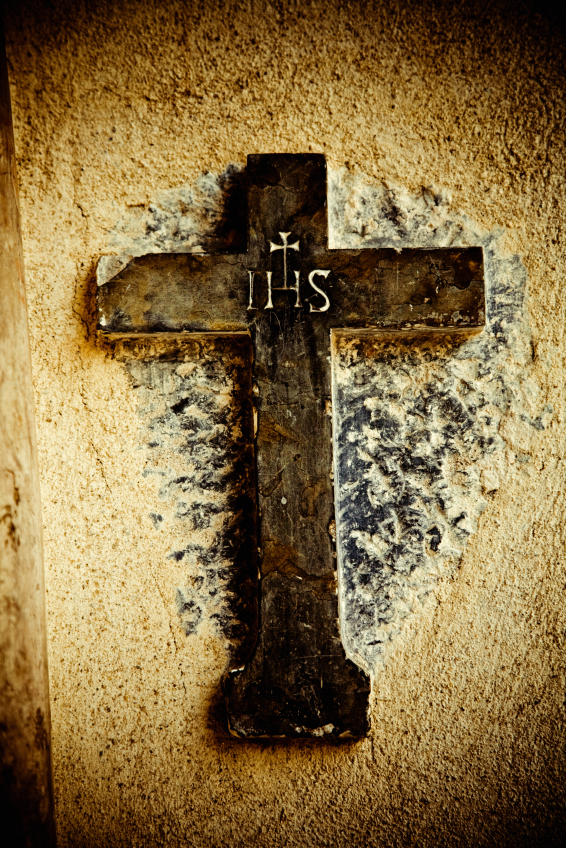 15. The Tongue and Jaw of St Anthony, Padua
15. The Tongue and Jaw of St Anthony, Padua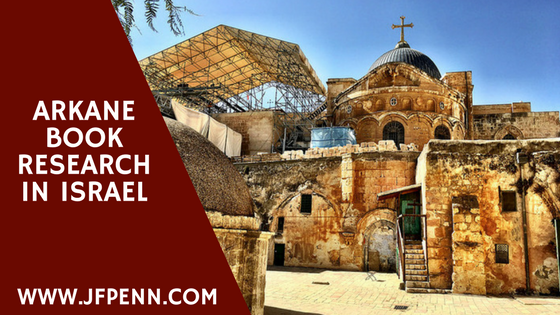
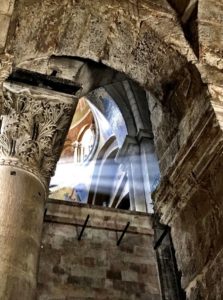
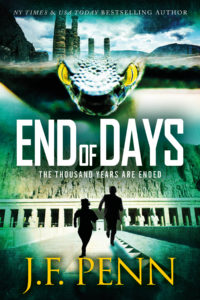
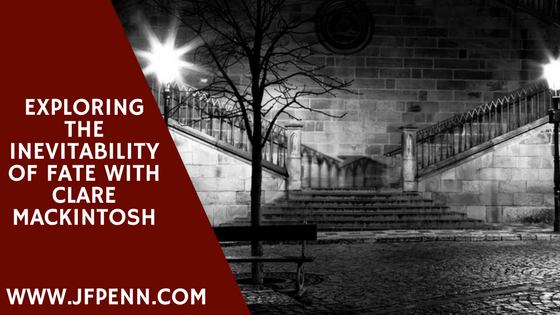
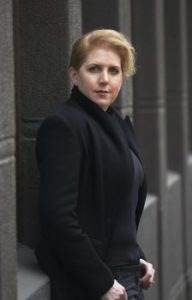
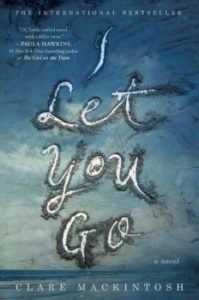
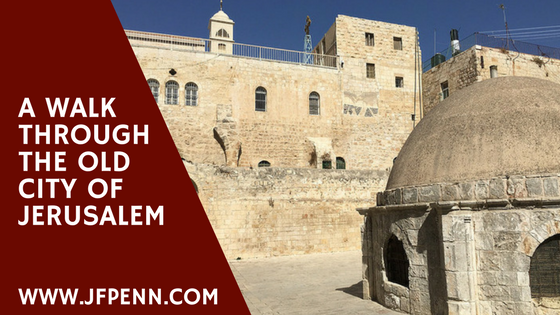
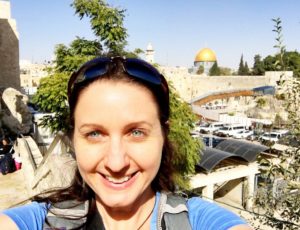
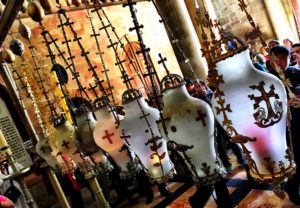
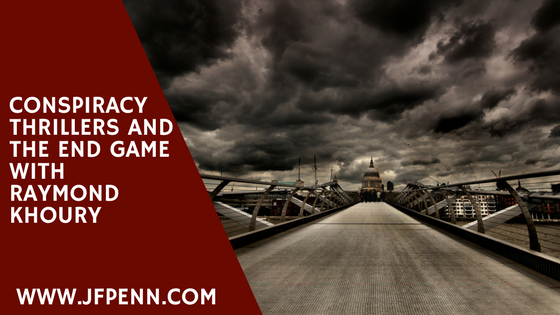
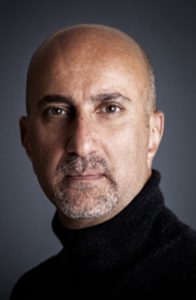
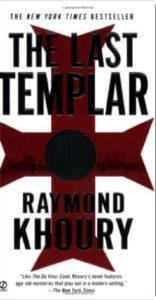
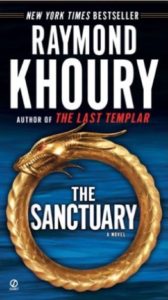
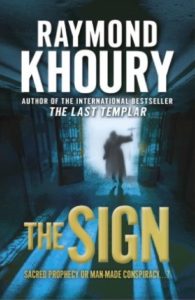
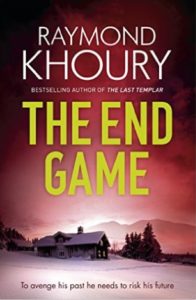
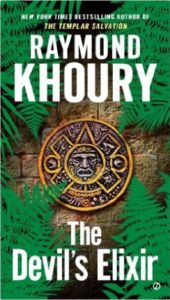
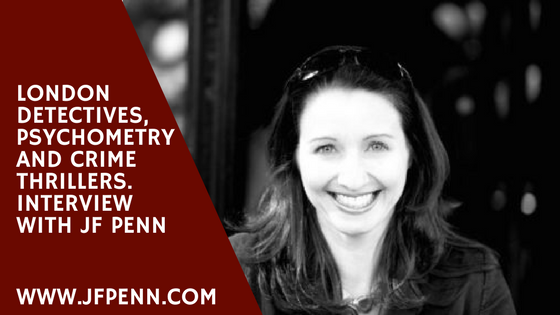







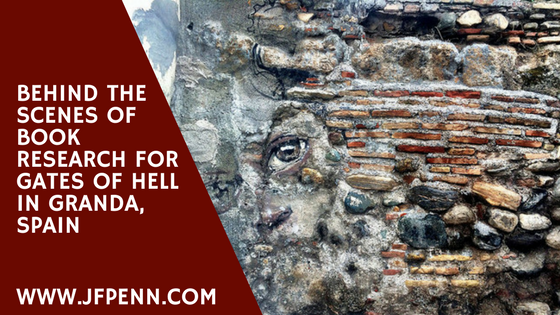
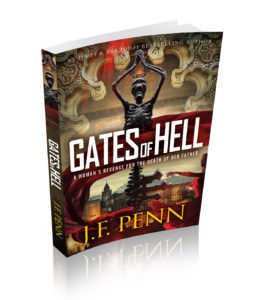 The taxi sped through the city and Morgan gazed out at the streets, busy even at this late hour. Granada sat at the foot of the Sierra Nevada Mountains, and Morgan was thrilled to be back. Her father had brought her many years ago, a teenager keen on discovering more about her roots. Her name came from this area, and her ancestors had roamed these craggy mountains, only an hour from the ocean in the southeast corner of Spain. This was Andalucia; the word conjured its past, the soft fullness of the Arabic Al-Andalus, a melting pot of influences from ancient Greeks, Romans and Byzantines through to Muslims, Sephardic Jews and the Catholic Church that still dominated here.
The taxi sped through the city and Morgan gazed out at the streets, busy even at this late hour. Granada sat at the foot of the Sierra Nevada Mountains, and Morgan was thrilled to be back. Her father had brought her many years ago, a teenager keen on discovering more about her roots. Her name came from this area, and her ancestors had roamed these craggy mountains, only an hour from the ocean in the southeast corner of Spain. This was Andalucia; the word conjured its past, the soft fullness of the Arabic Al-Andalus, a melting pot of influences from ancient Greeks, Romans and Byzantines through to Muslims, Sephardic Jews and the Catholic Church that still dominated here.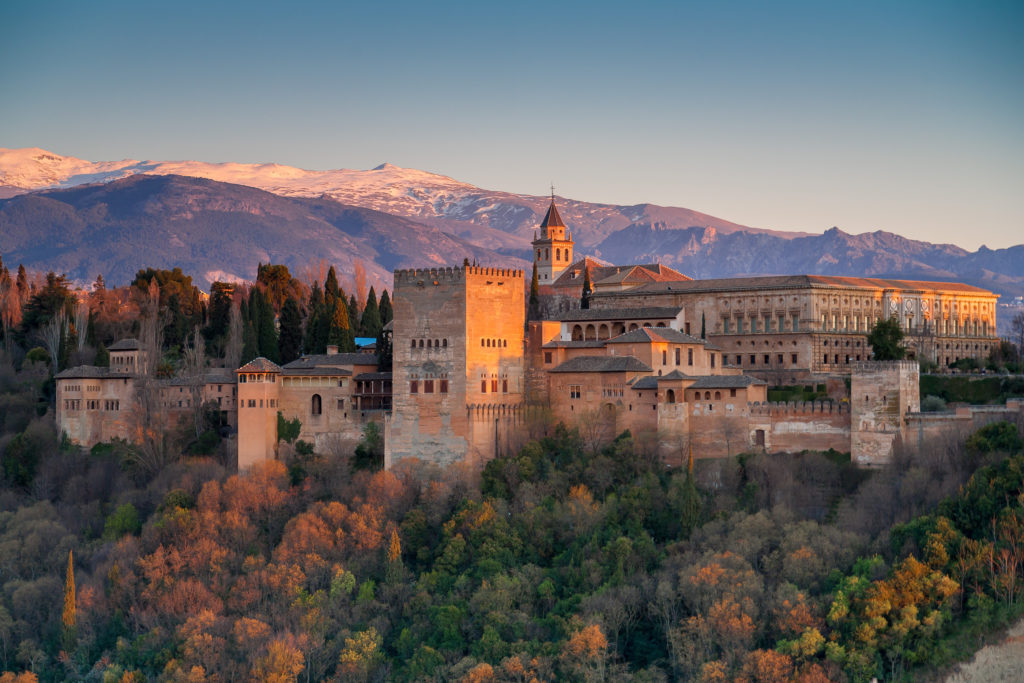
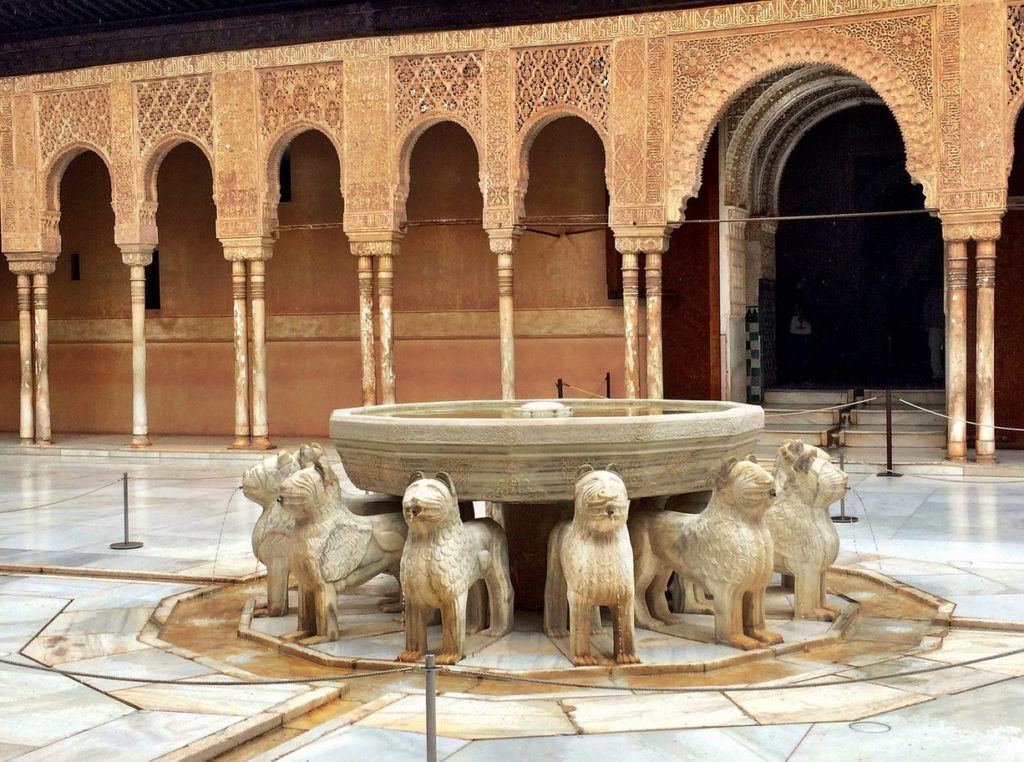 They reached the Court of the Lions, surrounded by the stunning arabesque architecture of the ancient Moorish kingdom. Slim pillars in cool ivory-colored marble led towards soaring archways intricately designed with filigree geometric shapes and Arabic calligraphy. The overwhelming sensation was light and delicate, as if the stone palace was constructed of magically spun air.
They reached the Court of the Lions, surrounded by the stunning arabesque architecture of the ancient Moorish kingdom. Slim pillars in cool ivory-colored marble led towards soaring archways intricately designed with filigree geometric shapes and Arabic calligraphy. The overwhelming sensation was light and delicate, as if the stone palace was constructed of magically spun air.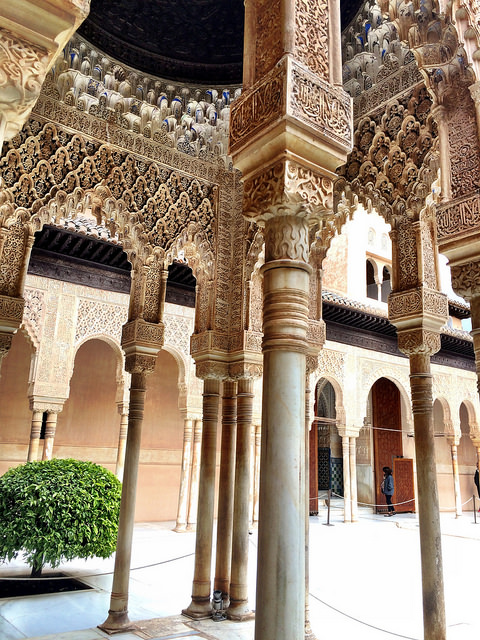
 She held the pose as the noise died down, waiting for quiet again. She turned and gestured to the guitar player, and Morgan caught the look that sparked between them, recognizing an intimate knowledge. This was Sofia's boyfriend, perhaps the cause of the rift with her family. He had the look of a Moroccan-Spanish Arab, his long dark hair worn loose about his face – a Muslim, perhaps, or a gitano, a man Santiago may have considered beneath his pure-blood Jewish granddaughter. The young man began to pluck the strings and one of the other men from the group stepped forward to dance with Sofia, stamping with fast heels.
She held the pose as the noise died down, waiting for quiet again. She turned and gestured to the guitar player, and Morgan caught the look that sparked between them, recognizing an intimate knowledge. This was Sofia's boyfriend, perhaps the cause of the rift with her family. He had the look of a Moroccan-Spanish Arab, his long dark hair worn loose about his face – a Muslim, perhaps, or a gitano, a man Santiago may have considered beneath his pure-blood Jewish granddaughter. The young man began to pluck the strings and one of the other men from the group stepped forward to dance with Sofia, stamping with fast heels.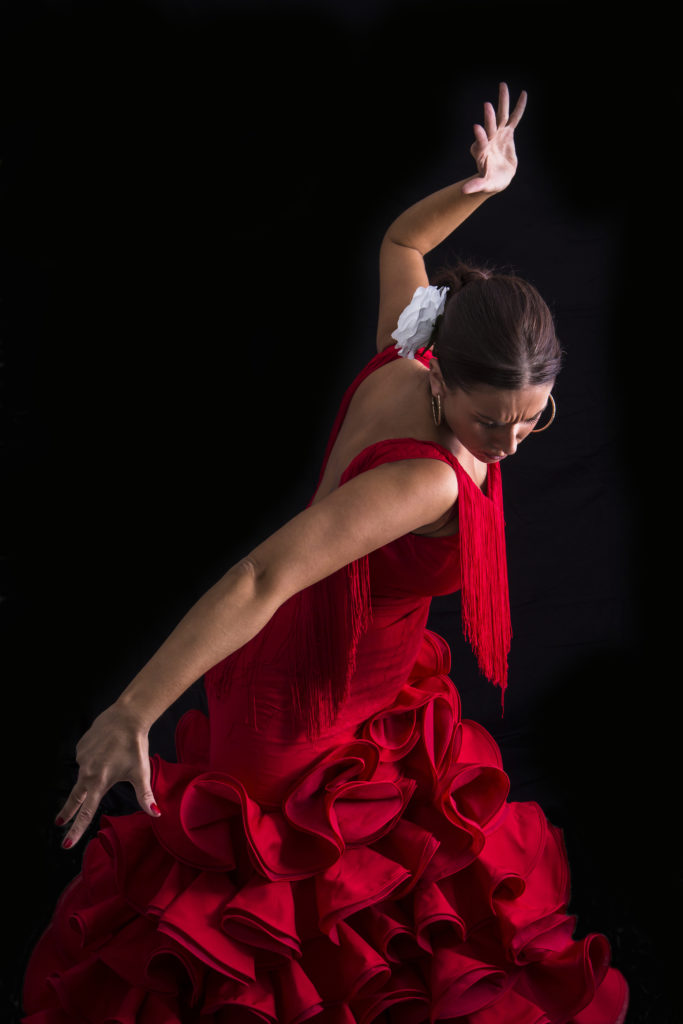 She tensed at his entrance, aware of the imminent danger Sofia was in, but perhaps this man was just a member of the troupe, a plant for dramatic effect.
She tensed at his entrance, aware of the imminent danger Sofia was in, but perhaps this man was just a member of the troupe, a plant for dramatic effect.